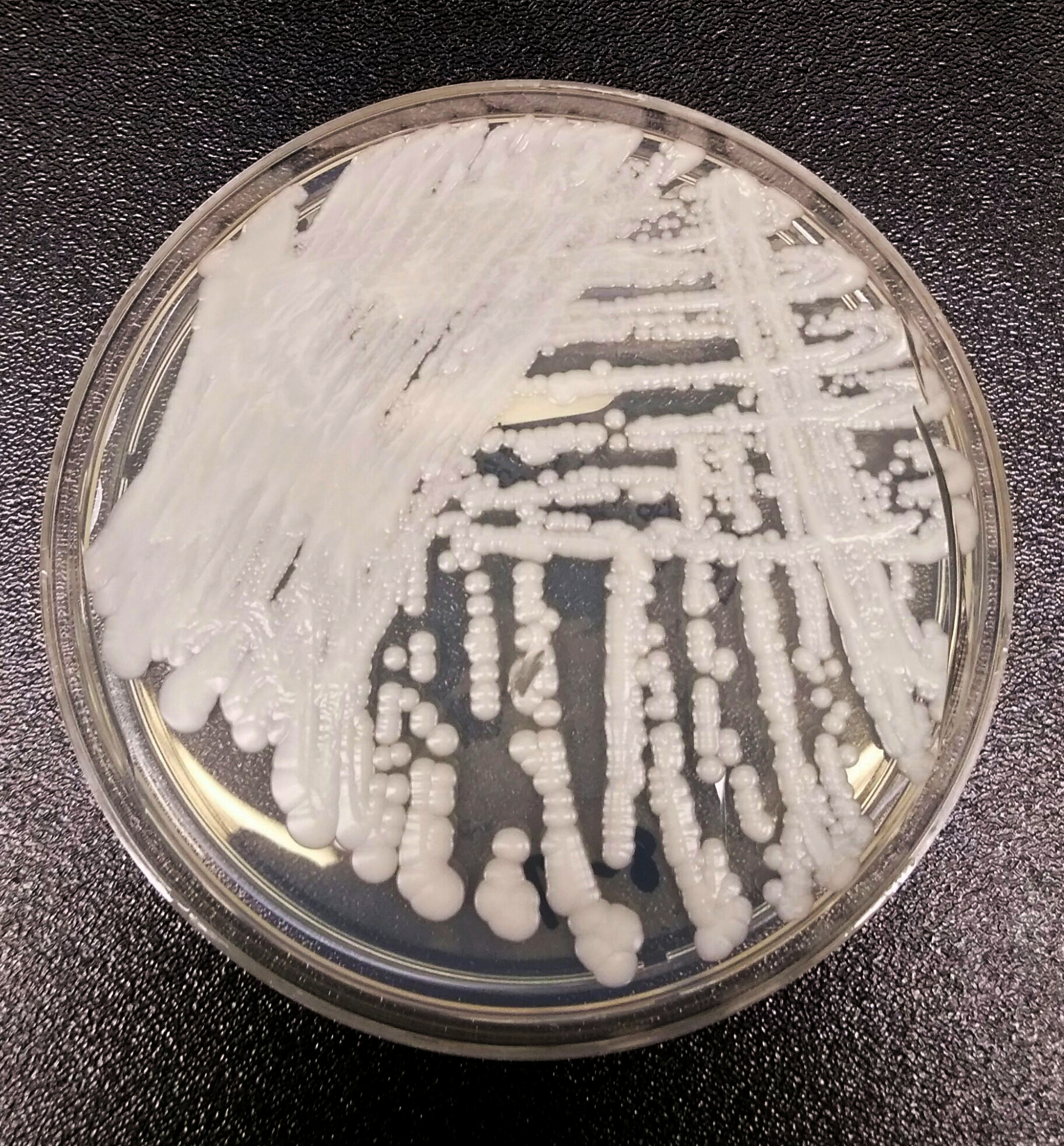
Lauren Dempsey, MS in Biomedicine and Law, RN, FISM News
[elfsight_social_share_buttons id=”1″]
Researchers from the Centers for Disease Control and Prevention (CDC) are sounding the alarm in the Annals of Internal Medicine on a rare and deadly fungal infection that is quickly spreading across the United States and has been documented in more than 30 countries.
WHAT IS CANDIDA AURIS?
The fungus, Candida auris (C. auris) can spread in healthcare settings through contact with contaminated environmental surfaces, equipment, or people. While healthy people aren’t considered at risk for infection, those that are immunocompromised or elderly are.
Since the first positive case in 2016, the emerging fungus has continued to cause illness and death nationwide and 17 states identified their first C. auris case between 2019 and 2021. Currently, 28 states and Washington D.C. have reported cases of the deadly fungus.
In 2021 there were a total of 3,270 clinical cases and 7,413 screening cases of C. auris reported in the U.S. and these numbers have continued to rise each year. The percentage increase in clinical cases grew by 44% in 2019 and 95% in 2021. In 2022, the U.S. recorded 2,377 confirmed cases.
The agency also reported that colonization screening increased in 2021 by more than 80%. Colonization refers to the presence of a pathogen in an individual that is not causing an infection.
WHY THE SPREAD?
The agency speculates that the growing case counts may be due to inadequate infection prevention and control in healthcare facilities and increased detection efforts and screening, and “may have worsened due to strain on healthcare and public health systems during the COVID-19 pandemic.”
WHY THE ALARM?
Whatever the cause, health officials are concerned over the “dramatic” increase in cases for a number of reasons. According to the CDC, C. auris is an “urgent threat” because it is multi-drug resistant, and spreads easily in healthcare settings, primarily long-term care facilities or with individuals on a ventilator or with an indwelling device such as a catheter or central line. It also can cause severe infections with high mortality rates.
The fungus’s drug resistance to antifungal medication like echinocandins is “particularly concerning” because those medications are usually the first line of treatment and the first option for treatment. This antifungal medication targets the cell wall and is ideal for treating invasive fungal infections. However, according to CDC data, the number of C. auris cases that were resistant to echinocandins in 2021 was about 3 times that in each of the previous 2 years.
Treating this type of infection is also difficult because it can be difficult to identify. Patients with a fungal infection are diagnosed after a blood or bodily fluid culture is obtained and analyzed in a lab. However, not all labs have the capability and C. auris can easily be mistaken for other species of Candida.
Mortality rates are also high, based on data from the CDC, it is estimated that 30-60% of people with a C. auris infection have died, although many of these people had other serious illnesses that increased their risk for infection and death.
CDC epidemiologist and lead author of the paper Dr. Meghan Lyman said in a statement that “the rapid rise and geographic spread of cases is concerning and emphasizes the need for continued surveillance, expanded lab capacity, quicker diagnostic tests, and adherence to proven infection prevention and control.”
